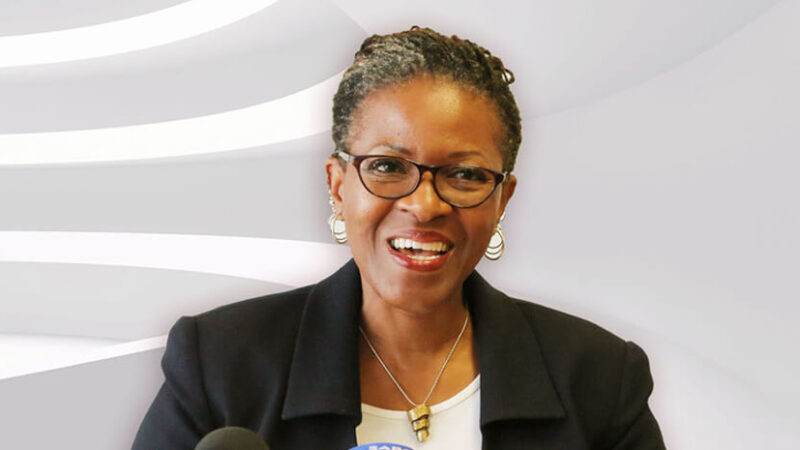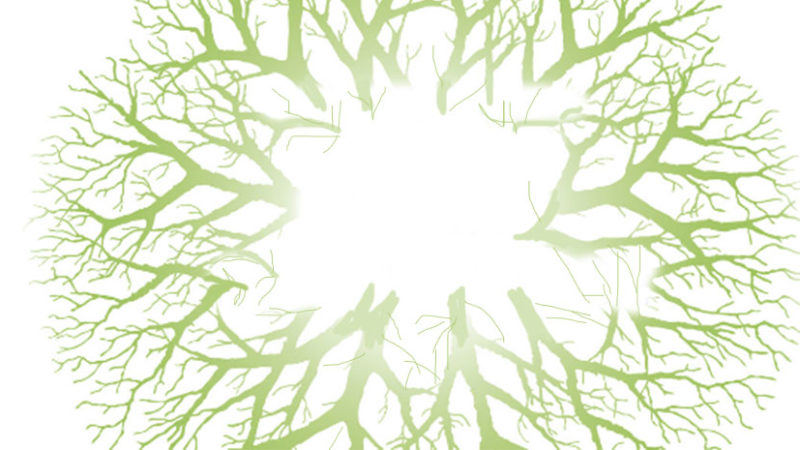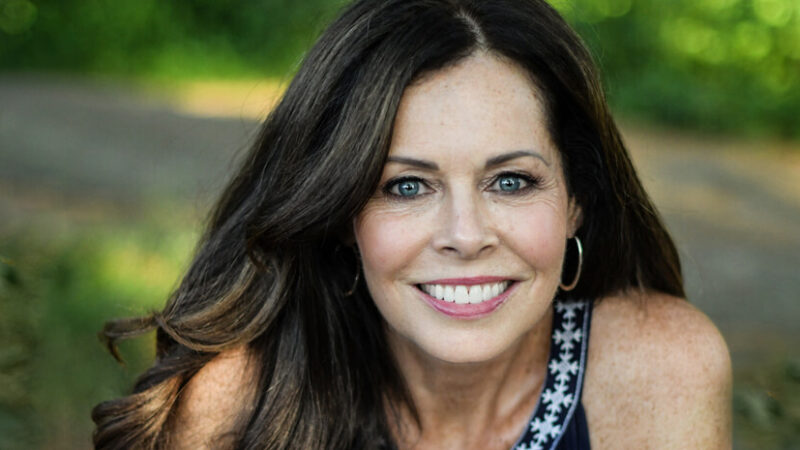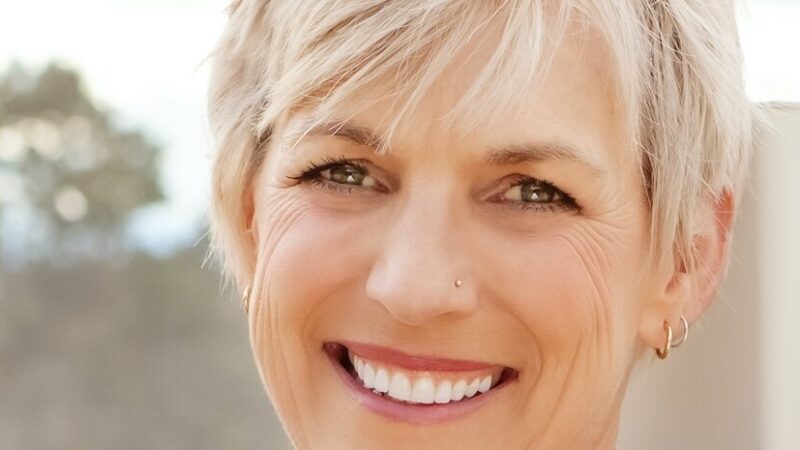
It can be helpful to begin with some retraining of the relationship between our eyes, our small mind, and our small self. We can begin to return our eyes to their natural condition and have the information move to awake awareness.
According to the American Foundation for the Blind, “vision is the product of a complex system of which the eyes are only one part. The processing of visual information—the receipt of visual stimuli through the eyes, its interpretation by various brain centers, and its translation into visual images—has been estimated to involve as much as 40 percent of the brain.”
When our eyes are darting around or scanning for a specific threat, we are on alert. Sometimes our attempts to focus ourselves by narrowing our eyes and concentrating can keep our brain in a fixed, task-positive mode. Our goal in practicing effortless mindfulness is to be able to shift to another operating system, the end point of which is open-hearted awareness, in which all our senses and systems—including vision—are functioning in their natural state: open, relaxed, clear, and integrated. To do this, we need to learn how to shift our awareness and live with our eyes open.
Here are some helpful hints for sustaining an open gaze while shifting awareness. You don’t necessarily need to experience all of them as I describe them. Use any of the following hints that work for you:
- Relax your eyes and soften your gaze so that your eyesight is not dominant and all your senses are experienced equally.
- Instead of looking through a narrow tunnel of vision or in a pinpointed way at one object, see the forest as well as one tree. Put your pointer fingers together up above your head in front of you and then part them to either side, drawing a big circle in front of your body. Let your gaze open to include the entire circular area all at once so that you are seeing in a more open way.
- Rather than looking at one object, create a diffused view like a soft lens of a camera by looking to the wider scene of what’s in front of you.
- Extend one hand in front of you with your palm facing you at the distance you would be looking at a friend’s face. Look at your hand and the space around it. Now drop your hand and look at the open space. If your eyes habitually focus on the first object you see, repeat the previous steps until you get a feel for resting your eyes on objectless space.
- Notice that your eyes do not operate like your hands. You do not go out to see something as your hands go out to pick something up. Your eyes work in a similar way as your ears. Just as your ears are receiving sound, light is reflecting off objects and coming into your eyes. What does it feel like when seeing is receiving?
- Rest back as the light comes to your eyes and then goes to open-hearted awareness while all your senses are open. Feel like you are equally aware of all your senses rather than focusing on seeing or thinking as primary.
- Feel like you are receiving light as you soften your eyes while having a wide-open view of the periphery.
This is an excerpt from The Way of Effortless Mindfulness: A Revolutionary Guide for Living an Awakened Life by Loch Kelly.

 Loch Kelly, MDiv, LCSW, is a leader in the field of meditation and psychotherapy. He is author of the award-winning Shift into Freedom and founder of the Open-Hearted Awareness Institute. Loch is an emerging voice in modernizing meditation, social engagement, and collaborating with neuroscientists. For more, visit lochkelly.org.
Loch Kelly, MDiv, LCSW, is a leader in the field of meditation and psychotherapy. He is author of the award-winning Shift into Freedom and founder of the Open-Hearted Awareness Institute. Loch is an emerging voice in modernizing meditation, social engagement, and collaborating with neuroscientists. For more, visit lochkelly.org.
Buy your copy of The Way of Effortless Mindfulness at your favorite bookseller!








 Loch Kelly, MDiv, LCSW
Loch Kelly, MDiv, LCSW